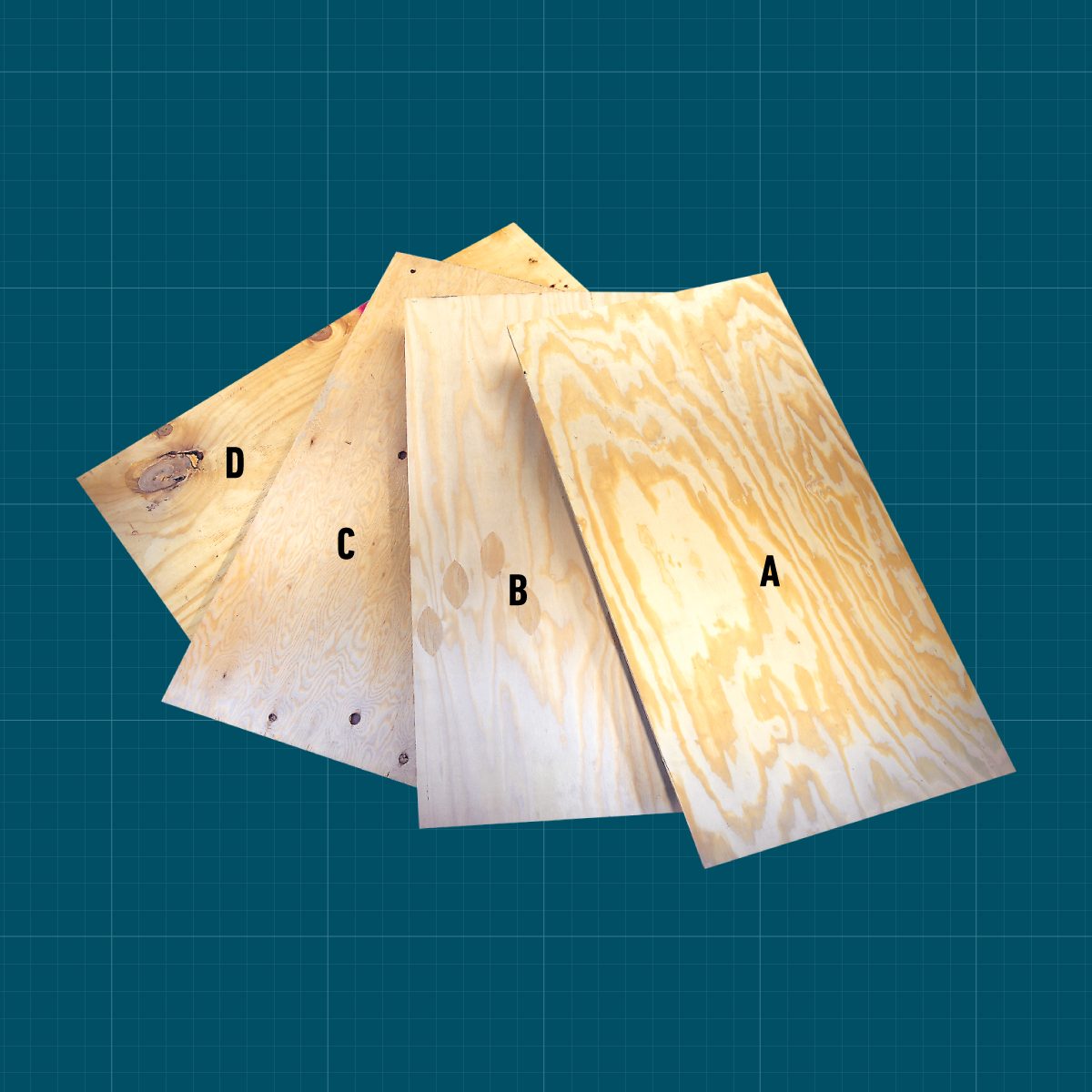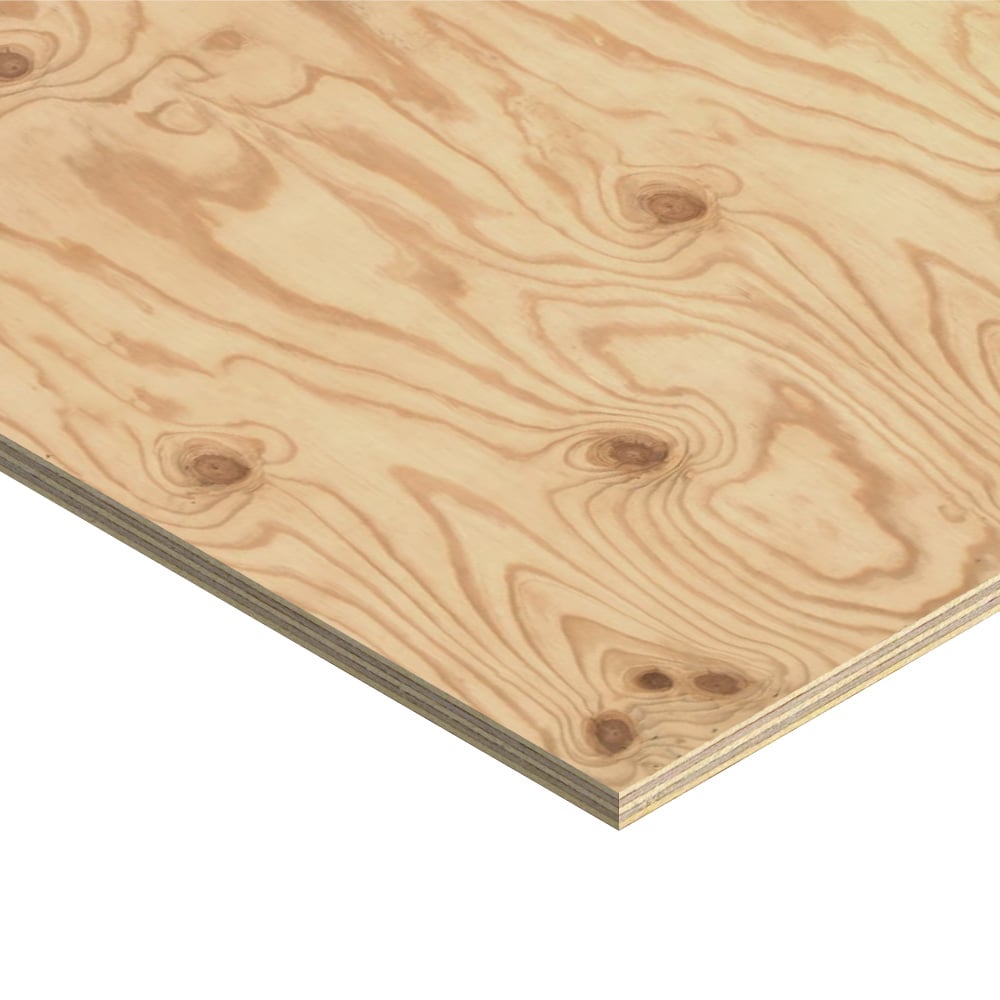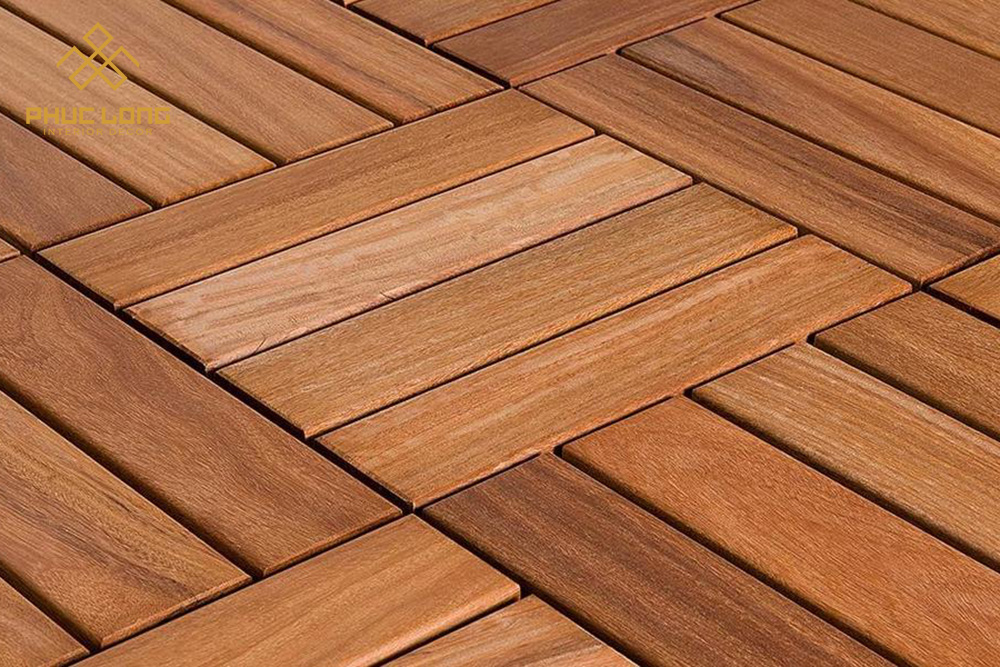When selecting plywood for your construction or home project, understanding the different plywood grades is crucial. Each grade determines the quality, durability, and appearance of the plywood, ensuring you choose the best option for your specific needs. In this comprehensive guide, we’ll dive into the five essential plywood grades to help you make the best decision for your next project.
1. A-Grade Plywood: Premium Quality for High-End Projects
A-grade plywood is the top choice for projects that demand the highest quality and the best finish. If you’re working on visible structures such as furniture, cabinets, or decorative pieces, A-grade plywood will provide the superior appearance and strength you need. The surface is smooth, free from knots or defects, making it perfect for staining or finishing.
- Why choose A-grade plywood?
- Premium quality and flawless finish
- Ideal for visible projects like furniture or cabinetry
- Smooth surface, free of imperfections
Although A-grade plywood is the most expensive option, its durability and aesthetic make it worth the investment for high-end projects where quality is paramount.
2. B-Grade Plywood: Great for Finishing and Painting
B-grade plywood offers an excellent balance between quality and price. While it may have a few minor imperfections or repaired knots, these are typically small and won’t affect the structural integrity of the plywood. If you plan to paint or stain your plywood, B-grade plywood is an excellent option due to its relatively smooth surface.
- Why choose B-grade plywood?
- Slightly more affordable than A-grade
- Minor imperfections that don’t affect strength
- Ideal for projects where the finish is important but not flawless
These plywood grades are perfect for projects that require a smooth surface but where minor imperfections are acceptable, such as interior paneling or painted furniture.
3. C-Grade Plywood: Economical and Functional for Hidden Applications
As we move down the plywood grades scale, C-grade plywood becomes more economical but also shows more visible defects like larger knots, discoloration, or uneven grain. However, this grade is perfectly functional for structural uses where appearance is not critical. It’s commonly used for subflooring, framing, or underlayment where it will be hidden from view.
- Why choose C-grade plywood?
- Cost-effective for structural applications
- Contains noticeable imperfections
- Best for hidden or covered areas
C-grade plywood offers durability at a more affordable price, making it an ideal choice for projects where strength is needed, but aesthetics aren’t a priority.
4. D-Grade Plywood: Budget-Friendly for Structural Use
D-grade plywood is the most economical and lowest quality option. These plywood grades have the most defects, such as large knots and cracks, but it’s still functional for structural uses where appearance doesn’t matter at all. If you’re on a tight budget and working on a project where the plywood won’t be visible, D-grade plywood can still offer the strength and durability you need.
- Why choose D-grade plywood?
- The most budget-friendly option
- Best for hidden structural uses like subfloors or roofing
- Contains visible defects
Despite its lower quality, D-grade plywood is commonly used for non-decorative structural purposes such as sheathing, subflooring, or other areas that will be covered later.
5. CDX Plywood: The Versatile All-Rounder
CDX plywood is a construction-grade material that combines C-grade on one side and D-grade on the other. The “X” in CDX stands for exposure, indicating that this plywood can tolerate some moisture exposure, though it’s not fully waterproof. CDX plywood is commonly used for roofing, wall sheathing, and subflooring, offering a versatile and cost-effective solution for many construction projects.
- Why choose CDX plywood?
- Combines C-grade and D-grade qualities
- Can withstand limited moisture exposure
- Affordable and strong for structural uses
Although not the most aesthetically pleasing, CDX plywood provides the strength needed for a wide variety of construction tasks, making it a popular choice for builders.
Choosing the Right Plywood for Your Project
Selecting the best plywood grades for your project depends on several factors, including the project’s purpose, your budget, and the level of finish you require. Here’s a quick guide to help you choose:
- For high-end furniture or cabinetry: Opt for A-grade plywood for a flawless, smooth finish.
- For projects where painting or staining is needed: Choose B-grade plywood for its near-perfect surface and affordability.
- For structural, hidden areas: C-grade plywood is economical and functional.
- For budget-friendly, hidden structural applications: D-grade plywood is the best choice.
- For versatile construction projects: CDX plywood offers a strong, affordable solution that can handle moisture exposure.
By understanding these plywood grades, you can confidently select the right material that balances quality, durability, and cost for your project. Whether you’re building furniture or working on construction, choosing the correct grade ensures your project will stand the test of time while staying within your budget.
You can read more articles by visiting our blog here.








